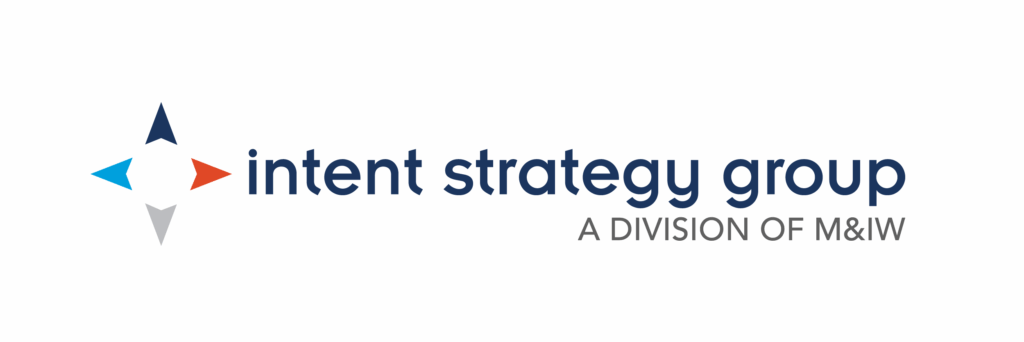Meeting Professionals’ Responsibility to Fight Human Trafficking
Originally published on January 23, 2023. Updated on January 27, 2025.
January is National Human Trafficking Prevention Month. Across the meetings and events industry, there has been a push to better understand and recognize human trafficking. Many abductions and cases of abuse take place where we work and operate our programs: hotels, resorts, airports, restaurants, bars, and other public places of entertainment.
The International Labor Organization (ILO)—the United Nations agency charged with addressing labor standards, employment, and social protection issues—estimates that there are at least 27.6 million adults and children in forced labor, also known as modern slavery. According to the latest ILO report, of these victims:
- 17.3 million are in the private sector, 6.3 million in commercial sexual servitude, and 3.9 million in forced state-imposed labor.
- Women and girls account for 4.9 million, or 73%, of those in forced commercial sexual exploitation.
- Children alone account for 12% of all those in forced labor.
Although it may be hard to imagine it happening where you live and work, human trafficking exists around the world, and the number of those living in modern slavery continues to rise. But what can we do about it? Meeting and event planners need to be empowered to recognize the warning signs and report incidents.
Warning Signs of Human Trafficking
Since human trafficking is often a crime that is hidden in plain sight, it is important to be aware of its warning signs. Some indications that a person may be a victim of human trafficking, especially in the case of women and children, include:
- Appearing malnourished and/or having poor physical or dental health.
- Showing signs of physical injuries and abuse.
- Avoiding eye contact, social interaction, and authority figures/law enforcement.
- Not being allowed alone and having someone speak for them in public.
- Seeming to adhere to scripted or rehearsed responses in social interactions.
- Lacking official identification documents.
- Appearing destitute or lacking personal possessions.
- Working excessively long hours.
- Living at their place of employment or not being familiar with the area they live and work in.
- Checking into hotels/motels with older males and referring to those males as boyfriend or “daddy.”
- Having tattoos or branding on their neck and/or lower back.
These warning signs are adapted from information provided by the Polaris Project and The Canadian Centre to End Human Trafficking. Signs of human trafficking can vary, and this list is just a sample of some of the most common signs. Even if a potential situation doesn’t match the signs, it is important to trust your gut and act accordingly. In these cases, it is better to act and be wrong than not act and be right.
Six Ways to Act
We can all join the fight against human trafficking. Here are six simple ways meeting and event professionals can act:
- Train staff to spot the indicators of potential human trafficking and provide information on how to report any issues. In addition to company-wide trainings, there are many online courses and even a certification available, which leads to the next point…
- Complete trainings, many of which are available for free online. Hope for Justice and PACT both offer free courses geared toward the travel and hospitality industries.
- Raise awareness about human trafficking with your colleagues, clients, venues, and suppliers. Make it a topic on conference agendas so more individuals can learn about this issue or include a dedicated page on your event website so attendees can learn what to look for before travelling.
- Establish a policy and procedure against human trafficking and include a clause in your contracts stating a zero-tolerance policy for human trafficking in your supply chain. Ensure the clause includes information on how to report suspected trafficking.
- Engage in conversation by following Meeting Professionals Against Human Trafficking, a Toronto-based group of dedicated conference/event planners, hotel sales professionals, and audio visual professionals who are raising awareness about human trafficking. They can be found on Facebook, X, Instagram, and LinkedIn.
And most importantly…
- Report any suspicious activity to the National Human Trafficking Hotline at (888) 373-7888. You can also text the hotline at 233733. This hotline is available 24/7 and accepts reports of situations both within the US and internationally. If you are travelling outside the US, you can also look up local hotlines or resources for more immediate assistance.


